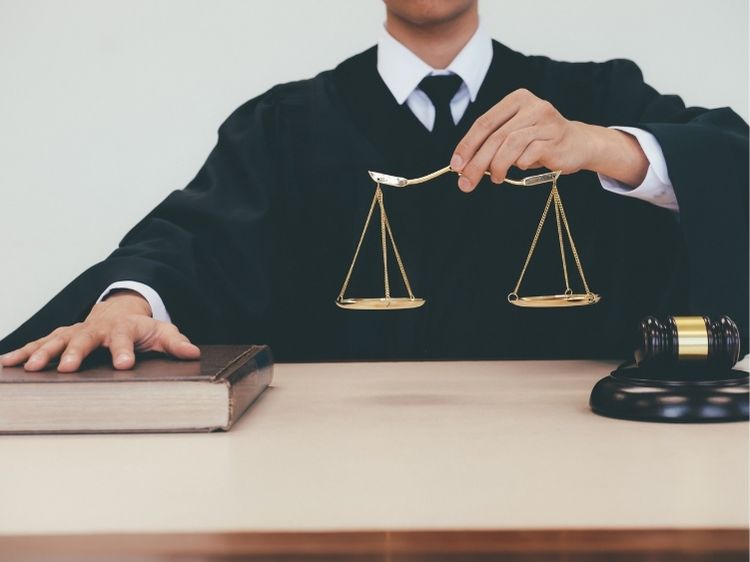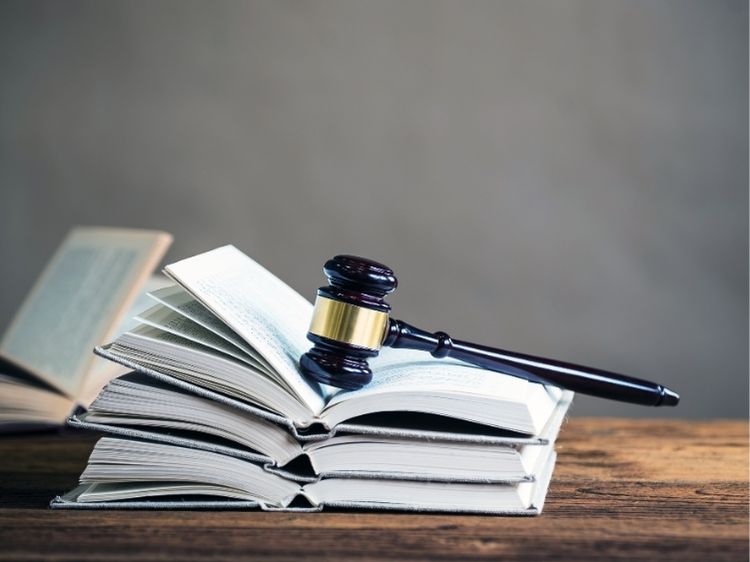Product Liability Negligence: Understanding Your Rights and Responsibilities
Ever wondered what happens when a product you’ve purchased doesn’t work as it should—or worse, causes harm? That’s where product liability negligence comes into play. It’s a legal concept that holds manufacturers, distributors, suppliers, and retailers accountable when their products cause injury or damage. But what exactly is it, and how does it affect you? Let’s dive into the nuts and bolts of product liability negligence, why it matters, and what you can do if you find yourself on either side of a product-related mishap.
What Is Product Liability Negligence?
Product liability negligence is a legal doctrine that imposes liability on manufacturers and sellers for releasing defective products into the market. This doctrine is rooted in the principle that companies have a duty to ensure their products are safe for consumers. If a product is found to be defective, and that defect causes injury, the company may be held liable for any damages incurred.
But here’s the kicker—proving negligence isn’t always a walk in the park. You need to demonstrate that the manufacturer failed to exercise reasonable care in the design, manufacture, or warning labels of the product. So, what exactly does “reasonable care” mean in this context?
The Elements of Product Liability Negligence
To succeed in a product liability negligence claim, you must establish the following elements:
- Duty of Care: The manufacturer had a responsibility to produce a safe product.
- Breach of Duty: The manufacturer failed to meet this responsibility.
- Causation: The breach of duty directly caused the injury or damage.
- Damages: The injury or damage resulted in actual losses, whether physical, emotional, or financial.
Let’s break these down one by one.
Duty of Care
The first step is to establish that the manufacturer owed a duty of care to the consumer. This is often the easiest element to prove, as it’s generally accepted that manufacturers have a legal obligation to ensure their products are safe for use.
Breach of Duty
This is where things can get a bit tricky. To prove a breach of duty, you must show that the manufacturer failed to act as a reasonably prudent person would under similar circumstances. For instance, if a toy manufacturer fails to warn that a toy contains small parts that could be a choking hazard, this could be seen as a breach of duty.
Causation
Causation is all about connecting the dots between the breach of duty and the injury. You need to prove that the defect in the product was the direct cause of the injury. If the injury occurred due to improper use of the product, causation might not be established.
Damages
Finally, you must show that you suffered actual damages as a result of the injury. This could include medical bills, lost wages, or even emotional distress.
Common Types of Product Defects
When we talk about product liability negligence, we’re typically dealing with one of three types of defects:
- Design Defects: Flaws in the product’s design make it inherently dangerous.
- Manufacturing Defects: Errors during the manufacturing process render the product unsafe.
- Marketing Defects: Inadequate warnings or instructions lead to improper use and injury.
Let’s take a closer look at each type.
Design Defects
A design defect occurs when a product is inherently dangerous due to its design, even before it’s manufactured. For example, if a car model has a high center of gravity, making it prone to rollovers, this could be considered a design defect. In such cases, every unit of that product is dangerous, not just a specific batch.
Manufacturing Defects
These defects occur during the production process and usually affect a limited number of products. A classic example would be a batch of tainted pharmaceuticals that slipped through quality control. Here, the design might be sound, but the execution was flawed.
Marketing Defects
Marketing defects involve the failure to provide adequate instructions or warnings about the product’s proper use. If a cleaning chemical doesn’t come with clear instructions about wearing gloves, and someone suffers a chemical burn, that’s a marketing defect.
Real-Life Examples of Product Liability Negligence
To paint a clearer picture, let’s look at some real-world cases where product liability negligence came into play.
- The Ford Pinto Case: One of the most famous cases of product liability negligence involved the Ford Pinto in the 1970s. The car’s design made it prone to bursting into flames in rear-end collisions. Despite knowing about this defect, Ford decided not to implement a fix, leading to numerous deaths and injuries. This case highlighted the importance of design safety and the catastrophic consequences of ignoring it.
- McDonald’s Hot Coffee Case: Another well-known case is the McDonald’s hot coffee lawsuit. An elderly woman suffered third-degree burns after spilling scalding coffee on herself. The coffee was found to be much hotter than it should have been, and McDonald’s was held liable for the injuries due to their failure to warn customers about the temperature of the coffee.
Legal Defenses in Product Liability Negligence
Now, you might be wondering—what if you’re on the other side of the equation? What defenses are available to manufacturers and sellers in a product liability negligence case? Here are some common defenses:
- Assumption of Risk: If the consumer was aware of the product’s dangers and still chose to use it, the manufacturer might not be held liable.
- Product Misuse: If the product was used in a way that wasn’t intended or foreseeable by the manufacturer, this could be a strong defense.
- Comparative Negligence: In some cases, the court may find that both the manufacturer and the consumer share responsibility for the injury. In such cases, damages may be reduced based on the consumer’s level of fault.
FAQs on Product Liability Negligence
Q: What should I do if I’ve been injured by a defective product?
A: First, seek medical attention. Then, gather evidence such as the product itself, receipts, and any medical records. Contact a lawyer who specializes in product liability cases to discuss your options.
Q: Can I file a lawsuit against the retailer who sold me the defective product?
A: Yes, in many cases, retailers can be held liable along with manufacturers, especially if they failed to provide adequate warnings or instructions.
Q: How long do I have to file a product liability negligence lawsuit?
A: This varies by state, but it’s typically within 2 to 4 years from the date of injury. It’s crucial to consult with a lawyer as soon as possible to ensure you don’t miss the deadline.
Q: What kind of compensation can I receive in a product liability negligence case?
A: Compensation can cover medical expenses, lost wages, pain and suffering, and, in some cases, punitive damages.
Conclusion
Product liability negligence is a critical area of law that protects consumers from unsafe products while holding companies accountable for their actions. Whether you’re a consumer who’s been injured or a company striving to avoid litigation, understanding the principles of product liability negligence is crucial. It’s not just about knowing your rights—it’s about ensuring safety and responsibility in every product that hits the market.
For more detailed information on product liability negligence, you can check out the following resources:



